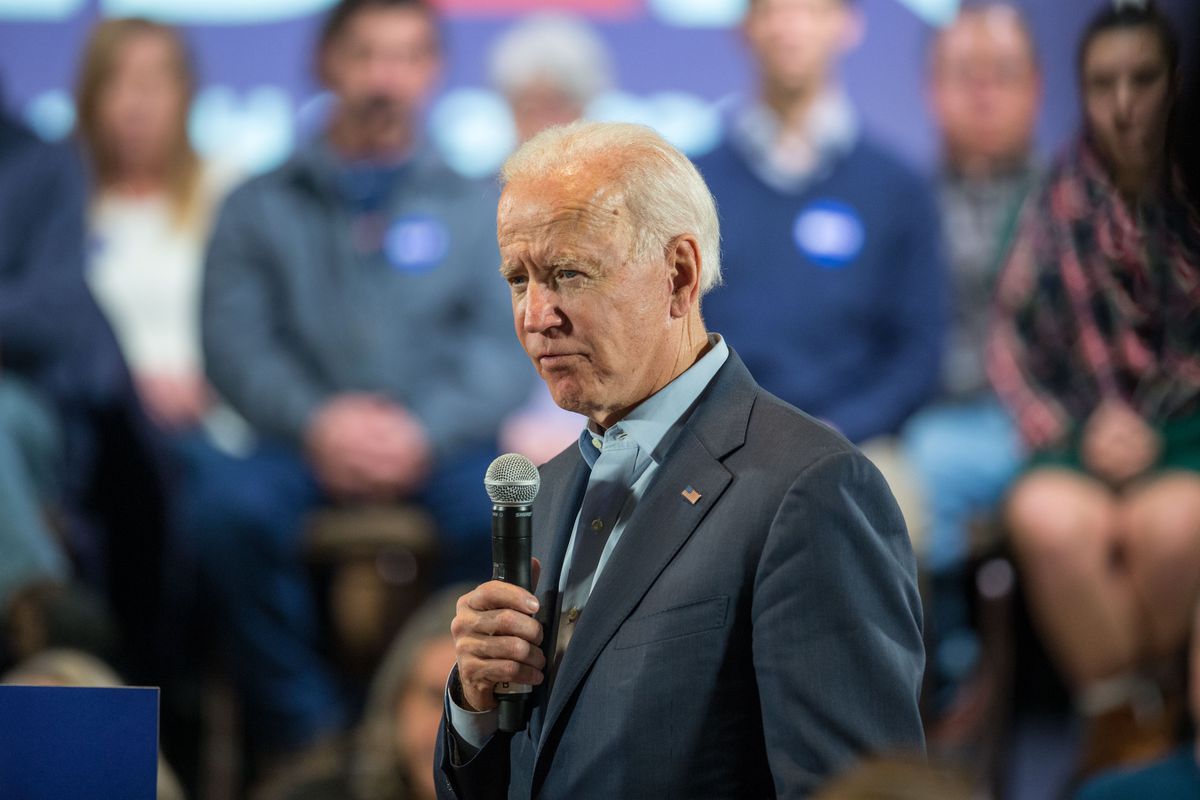In 2018, James Forbes, Jerred Killoren and Rich Selby were interested in a sustainable industrial and agricultural supply chain model that would take advantage of hemp’s potential to disrupt the market for concrete, lumber, paper and plastic. Ignoring the CBD craze, they focused on hemp fiber and hurd cleaning and refinement.
“Doug Fine’s book Hemp Bound radicalized my thinking,” said Forbes, who previously worked in the cannabis industry. “Hemp can be in so many products that you don’t smoke. I wanted to figure out how to make them.”
TigerFiber Hemp Company, based in St. Louis, was born.
Before the trio could make hemp products, however, they needed raw material. Seeing that hardly anyone was set up to decorticate hemp, they realized they needed to start there.
TigerFiber’s principals put together a small decorticator in 2019 and quickly found it was insufficient.
“We learned it the hard way,” Forbes said. “If you can’t process enough pounds per hour, you can’t run a business.”
The three soon realized they needed a capital-intensive approach, as well as a clearer understanding of the end market. Teaming with the University of Missouri system, they started working to grow hemp fiber crops on 17 acres.
Forbes recalls that playing it safe with such a small plot felt frustrating at the time, but today he says that approach helped the company master a steep learning curve. “People think you throw the seeds in the ground and it grows itself,” he said. “Not true!”
By testing small plots and working with scientists at the Donald Danforth Plant Science Center in St. Louis, the TigerFiber team was able to grow research crops and learn more about the genetics that work best for fiber crops.
TigerFiber also gained access to the farming community and began to learn about American farming practices, infrastructure and logistics. Forbes notes that mowing a plant that’s more than 12 feet tall was “tough” the first time — as are retting and baling the hemp crop.
Of 13 genetics, only one has done well in their climate zone.
“People were generous with their information and time and we learned a lot of what to do and what not to do,” Forbes said, adding that the experience put TigerFiber in a good position to grow.
Fast forward to the beginning of 2022, when TigerFiber opened a new decortication facility and became the first company in the cannabis space to access a federal tax credit.
“We have only been operating our new shiny line this year,” Killoren said.
Killoren said the company is looking forward to increasing its farm acreage. The partners are well aware of the opportunity and the challenge: Getting farmers who grow cattle, corn and soybeans interested in growing hemp. Working with researchers, TigerFiber seeks “to demonstrate that it is a good rotational crop that can help with soil remediation and water preservation,” Forbes said, adding that the company can incrementally scale up the number of hemp acres under cultivation.
At the same time, the end market must be secure. Even though they know farmers who together could grow 100,000 acres, Forbes said TigerFiber was aware that, if contracts do not materialize, “we will all be screwed.”
Said Forbes: “Farmers can make more money growing what they know.”
Meanwhile, TigerFiber has been developing its own products. One is a chemical spill absorbent called Sure-Can, a hemp-based, non-silica, all-natural absorbent. While most products used for industrial cleanup — to absorb substances such as oil, gas and hydraulic fluid — are toxic and do not degrade, Sure-Can breaks down at the landfill.
The company has new products coming in 2023, including animal bedding, which the company has researched with the help of friends who own a polo horse league. Another product to be released next year is Cannacrete, a trademarked, dust-free hemp hurd for the building market.
“Most of the hurd being used is from Europe,” Forbes said, adding that European hurd is becoming difficult to obtain. “We want to be a trusted domestic supply.”
TigerFiber is also getting into building with hemp. Approved to build two hemp homes in St. Louis, the company is focused on creating an affordable model.
With research partners, a big new decortication line, and a lot of plans for products and projects, the future looks busy for TigerFiber.
Said Killoren: “The world needs hemp.”
The post TigerFiber Aims to Grab the Hemp Supply Chain by the Tail first appeared on Let’s Talk Hemp.



